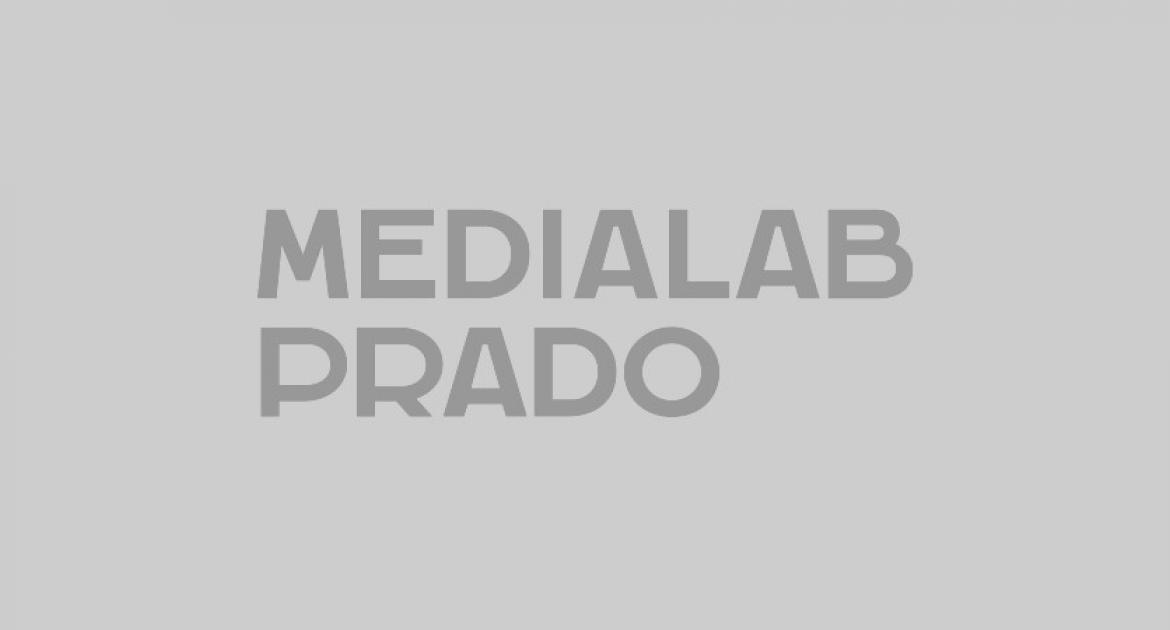Approach to Medialab-Prado: Max Kazemzadeh

Description and evaluation of your experience in Medialab-Prado:
(I would evaluate my experience at AVLab and Interactivos? as well as with the warm group of coordinators at Medialab-Prado as exceptional on many levels. Medialab-Prado serves to inspire and educate its’ participants through clearly defined/formatted events and invited speakers. It provides valuable social, creative and professional connections through its’ hands on collaborative sessions. It continues to serve its’ participants and the creative community through the increasing volume of information, code, hardware and software solutions provided in their online archive beyond the close of an event. The format through which the Medialab-Prado is run is one that is based on an open-source sharing of information and discovery. Communication, collaboration, and innovation seem to be its fundamental focus, where their Do-It-With-Others mindset can be seen in every aspect of their dealings, and functions as an open, social, progressive model for evolving creative research.
My initial introduction to Medialab-Prado was through the wonderful Marcos and Laura, via Zach Lieberman, at the Saint Florian Baroque Monastery outside of Linz, during the Ars Electronica “Simplicity” conference in 2006. Marcos introduced me to the work and aims of the Medialab at their exhibition at the Brucknerhaus in Linz. Soon after, I was invited to share some of my own experiences and ideas with a hardware performance with sound at the 2nd AV Lab, which was embedded in a series of presentations and discussions surrounding the topic “Low cost physical computing.” I was amazed to find an institution funded by Madrid’s government, even housed in government buildings, that had such a creative, exploratory, and experimental scope.
At the time, I was a tenure-track Professor spearheading a new studio-centric art degree program, with some resistance, at the College of Visual Arts + Design at the University of North Texas. The degree sought to integrate a range of interactive and time-based media practices with open source hardware and software development to make artworks. While my graduate program at Parsons offered me an academic referent, I found a larger international community of ideological support through the Medialab-Prado. Since the my presentation at the 2nd AVLab, I participated as a collaborator in Interactivos?08 Madrid: Vision Play, presented a work at Interactivos?’08 Mexico: Technologies of Laughter, and then served as a collaborator at Interactivos?’10 Madrid: Neighborhood Science. With every new refreshingly-intensive Medialab-Prado experience, I came away with more knowledge and motivation, a broadened perspective, a larger community of friends and collaborators, and a completed project that would in most cases grow, evolve, and travel to other international destinations and exhibited.
How do you value Medialab-Prado? What do you think could be changed or improved?
First, I must say that I think Medialab-Prado provides so much presently, having a profound impact on it's constituents as well as the local and international creative communities. It is an invaluable model representing and constantly exploring the notions of openness, information sharing, collaboration, creative exploration, focus, and invention. The events serve as revolutionary platforms for collective experimentation and philosophical reflection regarding potential social, political, economic, and communicative models to come. The events help participants from a range of backgrounds and skill to replace the old commercially-driven notions of “time is money” re-quantifying the value of effort by its potential positive impact on or contribution to society.
As an institution with a physical location, and now digital facade, Medialab Prado establishes events open to the larger international community, which naturally results in the generation of a wide range of discovery and hence content, which is openly posted online. This archive now becomes a continued, socially engaging repository for sharing and further development. The archive is of utmost importance and seems to consistently be the source for the sharing of new processes, code, new developments with software, hardware, and fabrication.
I spent more time with Interactivos? events than any other, and found that fabrication could have been easier in some cases if there were more space for a small work shop with a few larger tools for customizing parts in wood/PVC/alluminum. Personally, I love quick prototype materials and found-objects, and it is great to have Zach Smith’s Makerbot at arms reach, however I think it would be hugely beneficial to have an alternative for small building.
On another note, I also think that participants should be encouraged to update their project page beyond the Medialab-Prado event with new developments, solutions, and exhibitions related to their project.
How do you think it should evolve, considering its future location at the new building (theOld Belgium Sawmill)?
I think that with the new space being larger, it might be nice to set up three separate but connected spaces if possible: 1. a small fabrication lab/workshop for the use of a few noisy tools and activity that might not be good for computers, 2. a clean coding, design, prototype, electronic assembly, and
construction space, and 3. a separate exhibition space with controllable lighting, where previously developed works could be on view at any given time, and visitors can move more freely and reflectively from one work to the next.
The library might be able to expand a bit from the present shelving unit to possibly include a space for thought, reflection, research and discussion.



 Medialab-Matadero Madrid
Medialab-Matadero Madrid